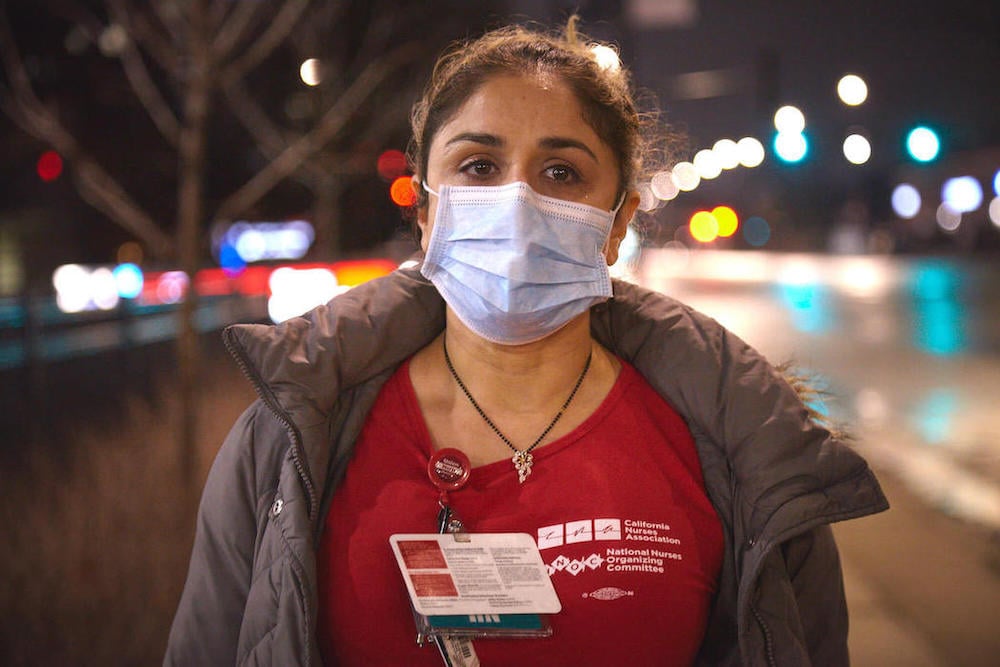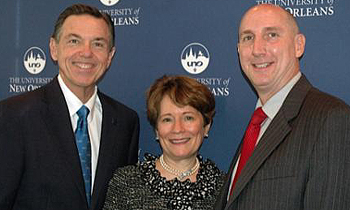Tag: News
Public media’s one-of-a-kind leadership training needs new funding. Here’s why our industry can’t let it ...
The most transformational leadership program we’ve ever experienced gave public media a boost during one of our industry’s most challenging years. Now, ...Public TV’s daily news shows reinvent workflows on the fly
“People understand that things aren’t going to look as perfect, but what’s most important is the information,” said WNET President Neal Shapiro.PBS’ Marie Nelson takes SVP position with ABC News
After nearly five years as PBS' VP of news and public affairs, Nelson will work on strategies to attract multicultural audiences to ...CPB to support more collaborative journalism projects
CPB will devote $2.5 million to reporting projects spearheaded by stations and national producers, President Patricia Harrison announced Nov. 12 at the ...Pubradio reporters debate ‘dissing of daily news’
Freelance radio and print journalist Ashley Milne-Tyte set off a lively exchange of the philosophical differences between radio producers who work under ...Pubcasting’s push into online news delivery has built-in limitations
SAN FRANCISCO, Calif. – At a forum of leading public media professionals, participants expressed mixed feelings about whether public media can, or ...Attracting eyeballs online requires smarter strategy
With their new website up, KPLU journalists scrutinized usage and found clues pointing to stories that work online.WWNO, NPR plan expanded newsroom to serve New Orleans
A group of public radio partners is preparing to launch a new local journalism nonprofit that will employ upwards of 20 people ...NPR, WWNO launching new nonprofit newsroom in New Orleans
NPR is launching a new nonprofit newsroom in New Orleans in conjunction with WWNO, the local public radio station owned by the ...Merger of Buffalo stations boosts news, reduces music
Public radio listeners are hearing more local news in Buffalo, where two stations that competed against each other are now operating as ...Fanning on a ‘big bang’ moment for Frontline: bringing online depth to reporting
David Fanning, e.p. of Frontline, discussed the WGBH program’s evolving use of the Web Aug. 23, 2010, in accepting the Goldsmith Career Award ...Hopes of viewers and producers invested in Need to Know
Ten weeks before the air date of Need to Know, WNET announced the executive producer. Seven weeks before, the producing station named the co-anchors. ...For NewsHour, one staff is stronger than two
They busted down newsroom walls, adding some space but much more humanity, doubling the number of desks, adding new editing stations and ...Online collaboration: TV, radio have sitdowns
PBS will go public Wednesday with discussion of its News & Public Affairs Initiative — an ongoing study that’s weighing options for ...News cycle attracts record listening
NPR programming on public radio stations topped its previous audience record by reaching 27.5 million listeners a week during Arbitron’s fall 2008 ...








